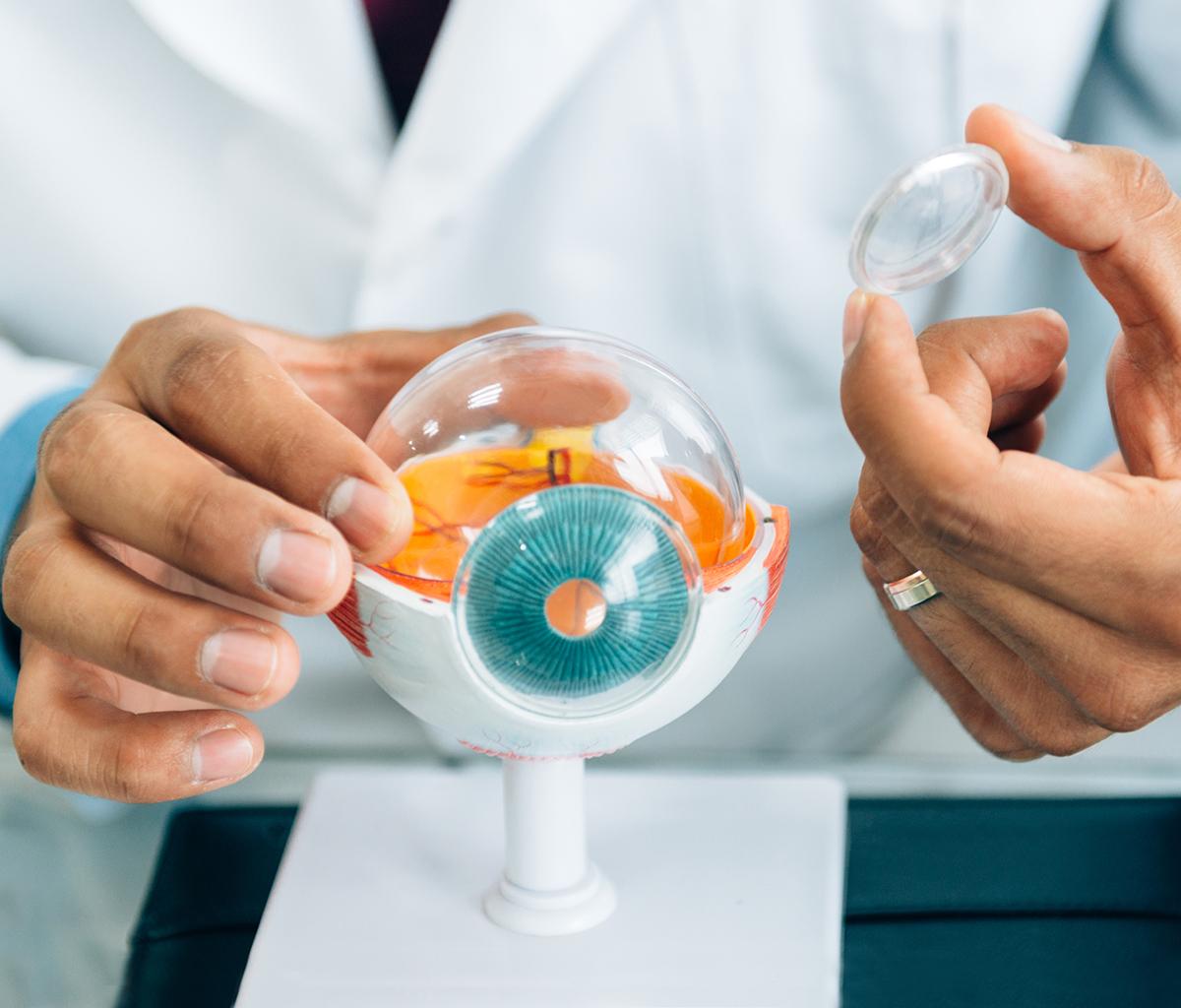Many people lose their eyesight in their last 20-30 years of life. Christian Guardino, on the other hand, was blind for the first 30 years of his. He was born with a genetic mutation in his visual processing pathway that severely impaired his vision. But thanks to a life-changing, breakthrough innovation, Christian is now able to see the world for the first time in his life.
Just a few years ago, stories like Christian’s would have been inconceivable. But today, advances in neurobiology, nanotechnology and optoelectronics driven by the incentives intellectual property protections provide hold tremendous promise for the 300 million people with vision impairment, as well as the 45 million people who are totally blind. Christian’s rare form of genetic blindness was treated with gene therapy, but more common forms of blindness – including degenerative and age-related blindness – usually require biomedical, or “bionic,” implants. While the innovation is in its earliest stages, bionic implants have the potential to restore vision to an exponentially larger blind population than gene therapy can alone.
“Experts say we are only scratching the surface of possibilities with bionic implants, particularly as research and development in nanotechnology and neurobiology accelerate.”
While this technology may seem futuristic, scientists have already started tapping into its potential. Bionic implants have thus far proven to be life-changing for patients suffering from certain types of blindness. The patented Argus II Retinal Prosthesis System – which is currently being used by patients around the world – was the first biomedical implant to restore some functional vision in blindness due to retinitis pigmentosa. Two other bionic implants have also been approved, including the Alpha-AMS in Germany and the IRIS V2 in France.
The future is even more promising. Australia-based Bionic Vision Technologies, for example, has patented and is performing clinical trials on a bionic implant of their own. One day, they hope their implants will be more advanced, less intrusive, and restore stronger levels of functional vision for patients suffering from degenerative and age-related blindness, such as macular degeneration.
Experts say we are only scratching the surface of possibilities with bionic implants, particularly as research and development (R&D) in nanotechnology and neurobiology accelerate. Perhaps sooner, rather than later, we will see more innovative, seamless implants with higher numbers of electrodes capable of producing sharper visual perceptions for a wider array of diseases, as well as color vision.
A strong intellectual property ecosystem is needed to ensure R&D and investments for innovative technologies like bionic implants continue. That’s why it’s critically important to protect intellectual property rights and equip inventors to create the next life-changing medical breakthroughs.


